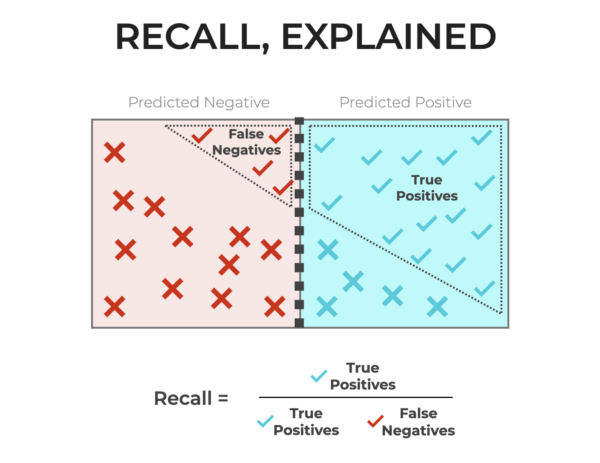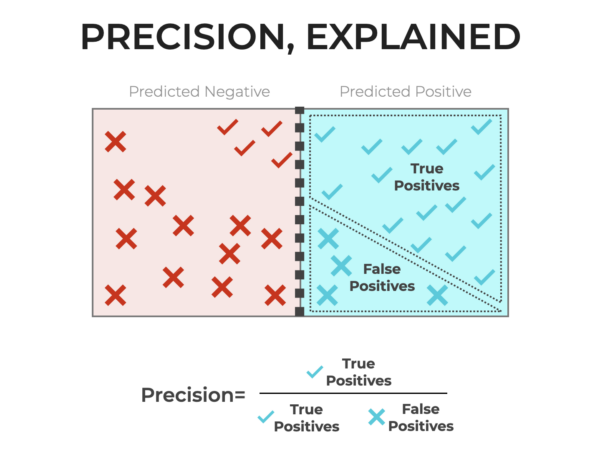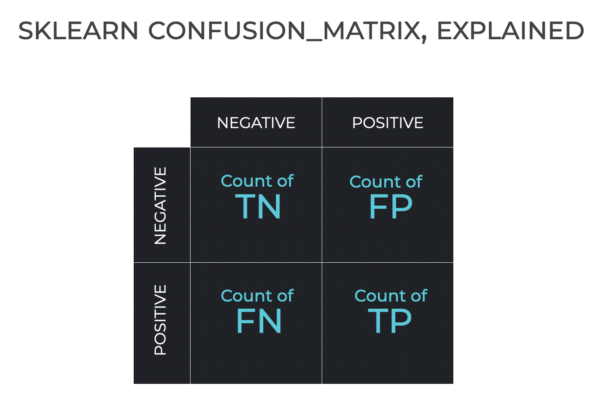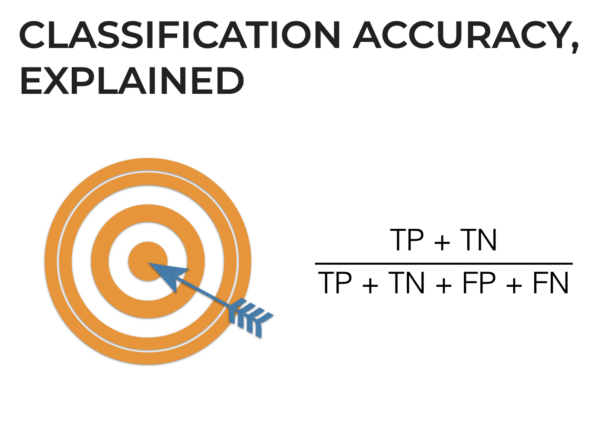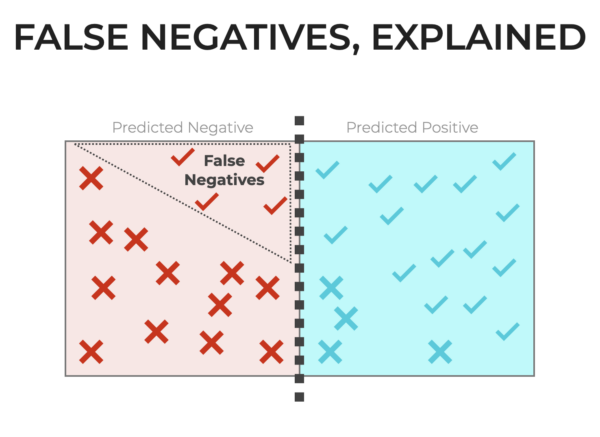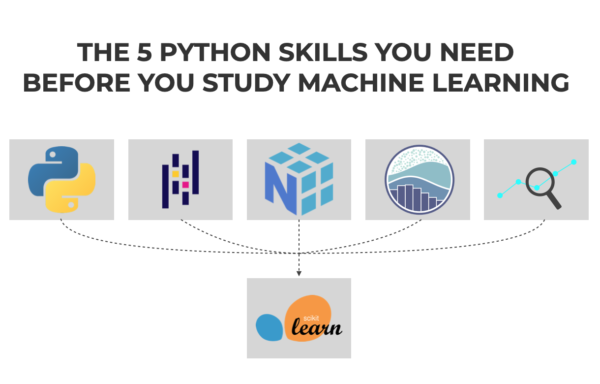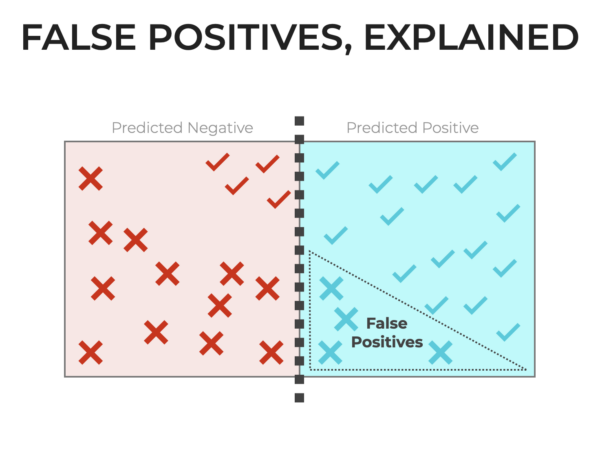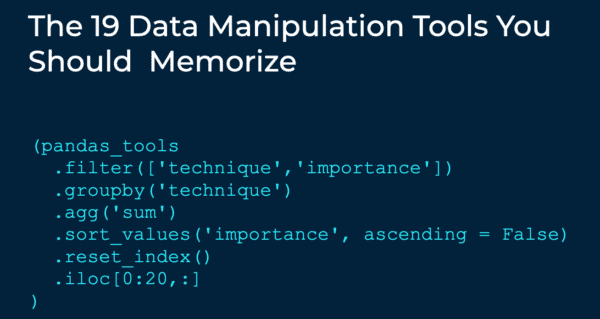Pandas Melt, Explained
In this blog post, I’ll show you how to use the Pandas melt method. I explain what melt does, how the syntax works, and I’ll show you a simple example. If you need something specific, you can click on any of the following links: Table of Contents: Introduction Syntax Examples Frequently Asked Questions Having said … Read more
